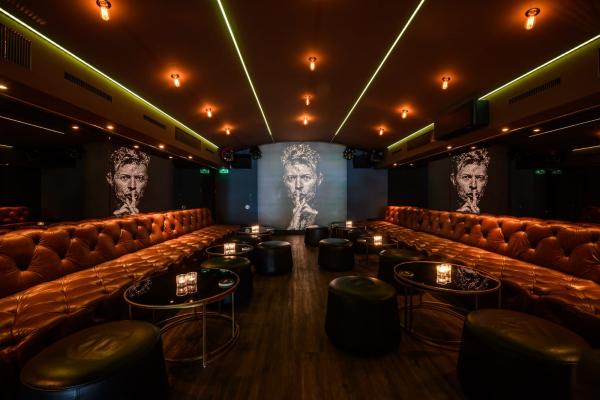After-Work-Drinks, Cocktails, Longdrinks, Highballs & Co. in a relaxed yet elegant atmosphere.
DAWID | Urval
Fri, 4 Nov 2022 18:00
DAWID | Urval
The photographic works of Swedish artist Dawid are among the most radical, poetic, and original attempts to redefine photography’s relationship to its image referent. Coming from a social documentary context of the 1970s, a student of Christer Strömholm, Dawid’s photography inscribes itself in the ambitious movement of the 1980s to create from photography an emancipated, autonomous image, on an equal footing with painting, drawing, and sculpture.
With a great economy of means – often using only a light table and a large-format camera – he transcends our physical world of visible and nameable things into a realm of signs, a world of photographic hieroglyphics that in part leaves the function of objects still legible, in part gives them an entirely new meaning.
Enigmatic silhouettes, landscapes, rock formations, outlines of unknown countries on a map, Asian characters – the viewer may discover all these forms in the images of the series Comp. The photographs of the series Rust give more information about the materiality of things. In an ever-increasing digitalization of all areas of life, these images remind us that the obsolete world of physical things, even scrap metal, creates the material for abstract compositions and, as it were, saves them from disappearing. The Kemigrams, in turn, leave the world of objects behind. Of their genesis, the works are the most painterly; at work here are light and chemistry, gesture and chance, surface tension of liquids and absorption behavior of papers. As in almost all of Dawid’s different series, the forms here grow out of the milky, warm white of the Agfa Portriga papers used at the time.
The first time I encountered Dawid’s photography was almost thirty years ago, in the summer of 1993, when he exhibited the M+M Series in the now legendary basement of the Museum Folkwang’s Photographic Collection. At the time, it changed, or rather significantly expanded, my concept of photography, which for me existed primarily as a view of the world through a window. Dawid’s series of objects from his late uncle’s toolbox taught me that photography can have a world reference (Welthaltigkeit) and at the same time be an expression of formal abstraction and elegance, that images on the edge of representation are also capable of what Siegfried Kracauer defined as the task of camera media: the redemption of phyiscal reality. Dawid’s toolbox at the time held the keys and clues for me to re-read and re-work a history of experimental photography for myself. And today, in my eyes, his work represents an outstanding position, a kind of bridge that connects the photographic (and painterly) experiments of the modernist avant-gardes of the pre- and post-war period, the photography of things and objects by Irving Penn, or the postmodern photography of the 1980s into a work that is, as already mentioned, highly original but always formally elegant, a kind of “magical formalism”, as Lars O. Ericsson once called it.
Florian Ebner, November 202

